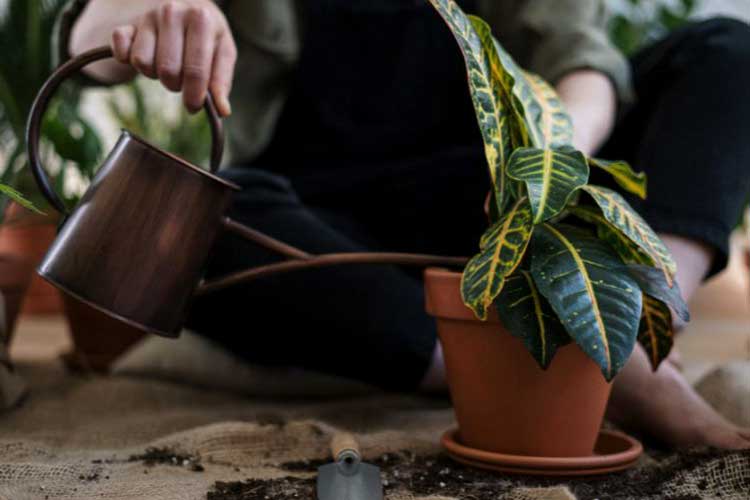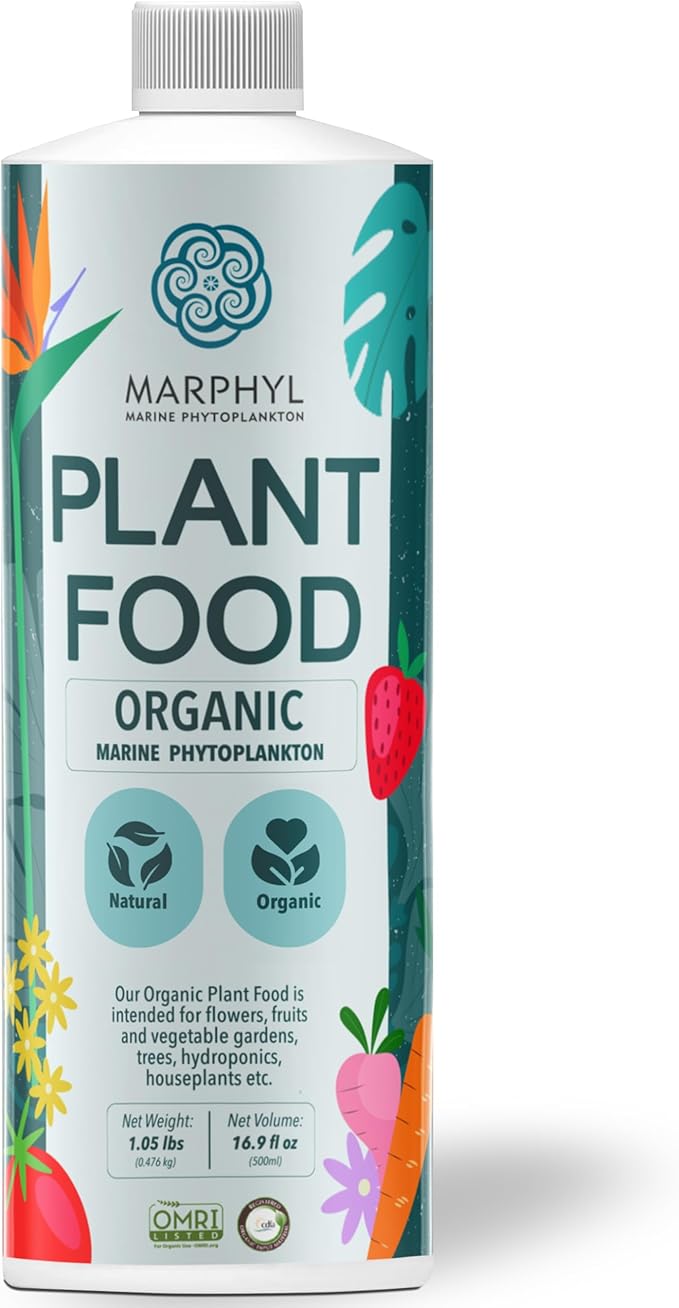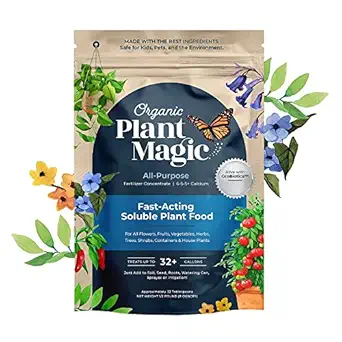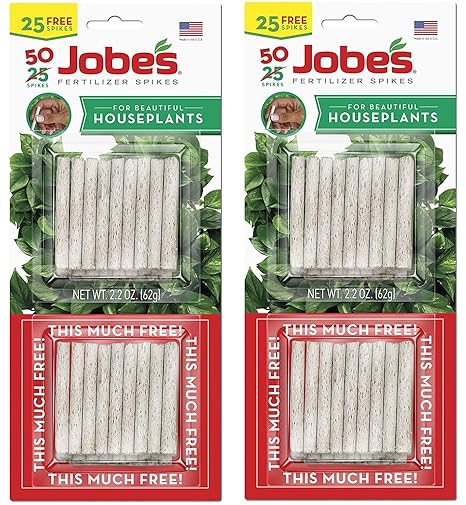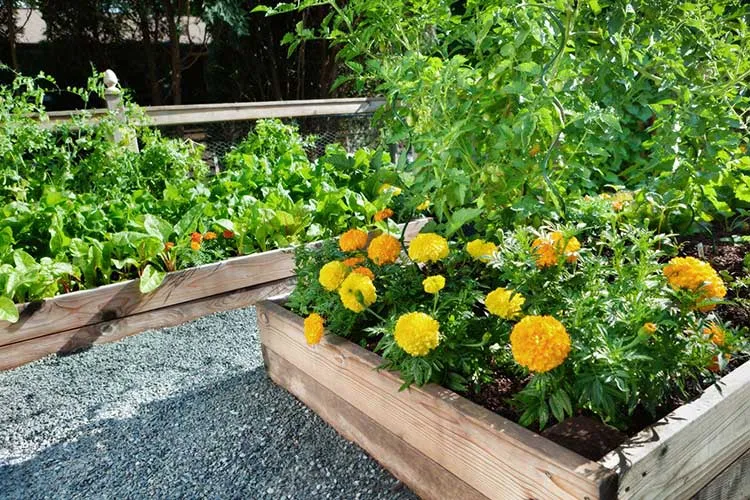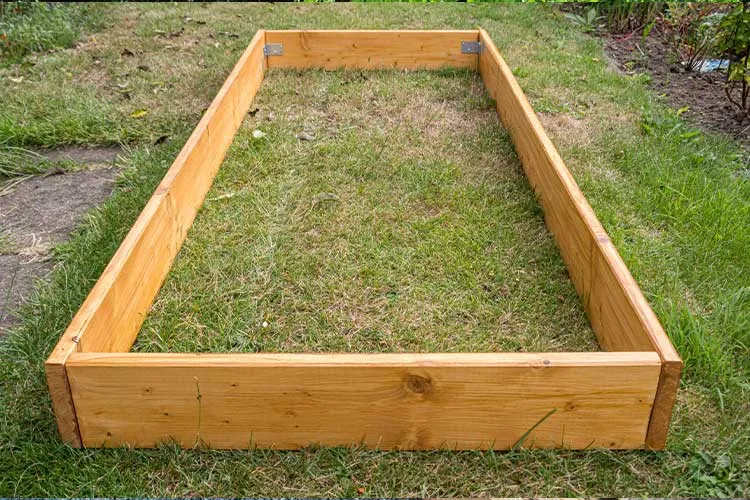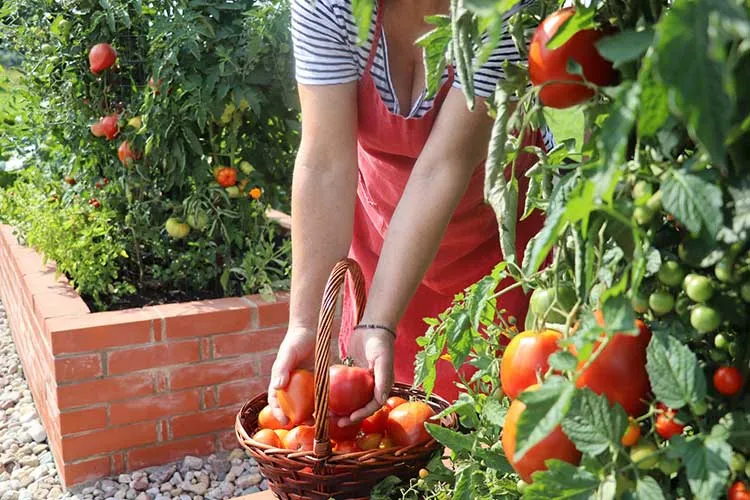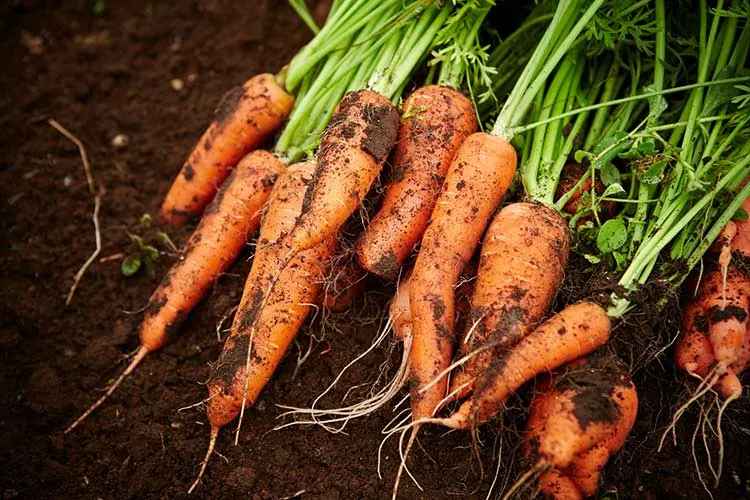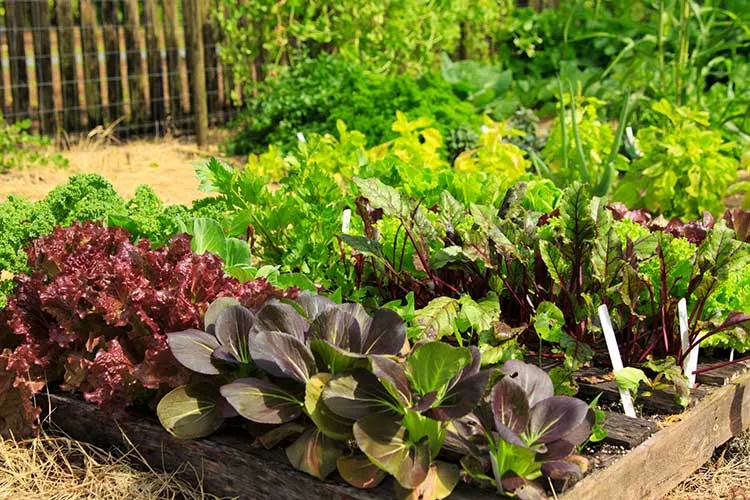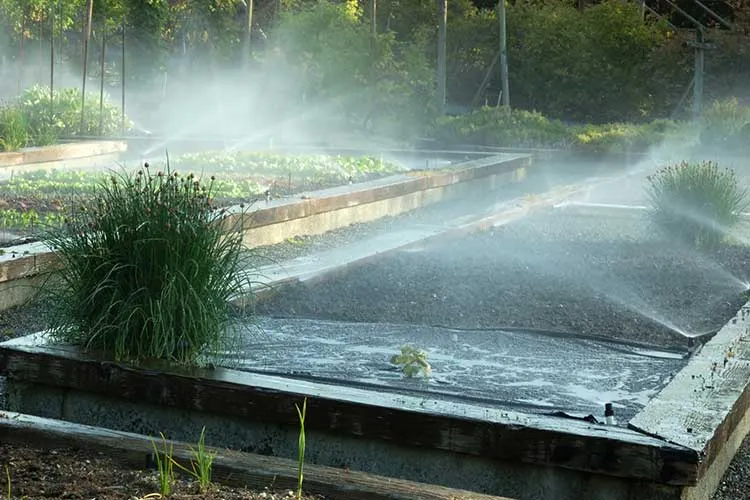Feeding potted plants isn’t optional—it’s essential. The right fertilizer for potted plants can differentiate between lush, thriving greenery and weak, struggling plants. Unlike garden plants, which draw nutrients from the soil, container plants rely entirely on you for their food.
Over time, regular watering washes vital nutrients from the potting mix, leaving plants vulnerable to yellowing leaves, weak stems, and fewer blooms. Whether your plants show signs of nutrient deficiency or you’re looking to supercharge their growth, the right fertilizer is key. This guide will show you how to choose and use the best options to keep your potted plants healthy, vibrant, and strong.
What is the Best Fertilizer for Potted Plants?
The best fertilizer for container plants provides a balanced mix of nitrogen, phosphorus, and potassium (N-P-K), the three main nutrients plants need in large amounts. Nitrogen promotes lush and green growth, phosphorus supports strong root and flower development, and potassium helps improve overall plant health and resilience.
Beyond these, a good fertilizer also includes micronutrients like iron, manganese, and zinc to prevent deficiencies that can affect plant health. A balanced, all-purpose fertilizer often meets these needs and is an excellent starting point for most container plants.
6 Best Fertilizers for Potted Plants
Choosing the right fertilizer for your potted plants can significantly improve their growth, blooms, and overall health. Here’s a breakdown of some top options, whether you’re looking for a quick liquid boost, slow-release granules, or an organic solution for sustainable feeding.
Best Liquid Fertilizer for Potted Plants
Miracle-Gro Indoor Plant Food
Miracle-Gro Indoor Plant Food is a liquid formula designed to work quickly, making it ideal for houseplants that need a nutrient boost. Mix the recommended amount with water and apply during regular watering. The balanced formula helps encourage healthy foliage, and the liquid form ensures even nutrient distribution throughout the soil. It’s suitable for all indoor potted plants, including leafy greens, herbs, and flowering varieties. This is a convenient, fast-acting option for indoor plants that deliver nutrients instantly.
Pros:
- Quick absorption and fast results
- Easy to apply during watering
- Works for both leafy and flowering plants
Cons:
- Requires frequent application compared to slow-release formulas
Specifications:
- Type: Liquid
- N-P-K Ratio: 1-1-1
- Best for: Indoor plants
Best Granular Fertilizer
Miracle-Gro Water Soluble All Purpose Plant Food
This Miracle-Gro option is a classic. It provides a balanced nutrient blend that dissolves in water for easy feeding. It’s great for both indoor and outdoor container plants. The balanced N-P-K ratio (24-8-16) supports leafy growth, flower production, and strong roots. You can apply it for lush, vibrant plants every one to two weeks. This versatile, water-soluble option nourishes a wide range of plants.
Pros:
- High nutrient concentration for noticeable results
- It can be used for both indoor and outdoor plants
- Feeds instantly when dissolved in water
Cons:
- It may require precise measuring to avoid over-fertilizing
Specifications:
- Type: Granular (water-soluble)
- N-P-K Ratio: 24-8-16
- Best for: Flowering and leafy potted plants
Best Organic Fertilizer
MARPHYL Organic Liquid Fertilizer
MARPHYL Organic Liquid Fertilizer is a sustainable option for those who prefer natural plant care. This liquid fertilizer is derived from marine phytoplankton, providing an organic source of nitrogen, phosphorus, potassium, and trace minerals. It’s safe for all indoor and outdoor potted plants, including edible plants like herbs and vegetables. Regular use improves soil health and encourages vibrant, robust growth—a nutrient-rich, eco-friendly fertilizer made from marine phytoplankton.
Pros:
- Organic and eco-friendly
- Rich in micronutrients and trace minerals
- Safe for edible plants
Cons:
- It may have a slight natural odor due to the organic ingredients
Specifications:
- Type: Liquid
- N-P-K Ratio: 2-3-0.5
- Best for: Herbs, vegetables, and flowering plants
Best Organic Fertilizer for Container Plants
Organic Plant Magic Fertilizer
Organic Plant Magic Fertilizer is a water-soluble powder made from natural ingredients. Once mixed with water, it delivers a nutrient-rich “compost tea” to feed your potted plants. This fertilizer nourishes plants and improves soil health by supporting beneficial microbes. It’s an excellent choice for houseplants, outdoor potted flowers, and vegetables. A versatile organic fertilizer that enhances soil quality and feeds plants naturally.
Pros:
- All-natural and chemical-free
- Improves soil health over time
- Safe for kids and pets
Cons:
- Requires mixing before application
Specifications:
- Type: Water-soluble powder
- N-P-K Ratio: 4-1-3
- Best for: Flowers, leafy plants, vegetables
Best Fertilizer Spikes
Jobe’s Fertilizer Food Spikes
Jobe’s Fertilizer Food Spikes are pre-measured, slow-release fertilizer sticks for indoor potted plants. Insert the spike into the soil, releasing nutrients to the plant’s roots. These spikes are great for low-maintenance plant care, as they must only be replaced every 6-8 weeks. They’re particularly helpful for busy gardeners or those with multiple houseplants. They are convenient, mess-free spikes that provide slow-release nutrients over time.
Pros:
- No mixing or measuring required
- Long-lasting, slow-release formula
- Great for busy gardeners
Cons:
- Placement may need adjustment for larger pots
Specifications:
- Type: Fertilizer spikes
- N-P-K Ratio: 13-4-5
- Best for: Houseplants and indoor potted plants
Best Slow-Release Fertilizer for Potted Plants
Osmocote Smart-Release Plant Food
Osmocote Smart-Release Plant Food is a time-release fertilizer that slowly provides nutrients for up to six months. Its formula releases nutrients when the soil temperature is optimal for plant growth, ensuring consistent feeding without the risk of over-fertilizing. It works well for indoor and outdoor potted plants, including flowers, vegetables, and ornamentals. A slow-release granular fertilizer that feeds plants for months.
Pros:
- Long-lasting formula (up to six months)
- Temperature-activated nutrient release
- Suitable for a wide range of plants
Cons:
- The initial cost may be higher than liquid fertilizers
Specifications:
- Type: Granular (slow-release)
- N-P-K Ratio: 15-9-12
- Best for: Indoor and outdoor potted plants
How to Feed Potted Plants
Feeding potted plants properly can help them thrive, producing vibrant foliage, healthy roots, and, if applicable, beautiful blooms or delicious fruits. Here’s a practical guide on how to keep your container plants well-nourished.
First, understand your plant’s specific nutrient needs. Different plants, like flowering varieties or leafy greens, have varying nutrient demands. A general rule of thumb is to use a balanced fertilizer (like a 10-10-10 or 20-20-20 N-P-K ratio) for general growth or switch to bloom-boosting formulas for flowering plants during their active phase.
Always follow the package directions when mixing fertilizers to avoid overfeeding, which can cause a nutrient burn. Signs of nutrient burn include browning leaf tips and stunted growth. Liquid fertilizers can be applied during regular watering, typically every one to two weeks, while slow-release granules or fertilizer spikes only need replenishing every few months.
Another key tip is to apply fertilizer when the soil is slightly moist. Fertilizing dry soil can stress the roots. Water the plant lightly first, then feed it. Keep an eye on your plant’s response—if you notice lush growth and no signs of nutrient stress, you’ve hit the sweet spot.
Finally, be mindful of feeding frequency during the growing season versus dormancy. Most plants need less fertilizer when their growth slows down in the cooler months. Adjusting feeding based on your plant’s natural cycle will keep them healthier for a long time.
Tips on Feeding Container Garden Plants
Feeding container plants can be simple, with a few practical tips that help you avoid common mistakes and ensure your plants get the nutrients they need without overdoing it.
Know Your Plant’s Growth Stage
Plants have different nutrient needs depending on their growth stage. During the active growing season, plants benefit from regular feeding with a balanced fertilizer. When plants are flowering or fruiting, switch to a formula with more phosphorus (the middle number in the N-P-K ratio) to support blooms and fruit production.
Avoid Overfertilizing
It’s easy to assume that more fertilizer means faster growth, but this can harm your plants. Overfertilized plants may show signs of stress, such as burnt leaf tips or weak, leggy growth. Follow the instructions on the label, and start with a weaker concentration when in doubt. It’s better to feed more frequently with diluted fertilizer than to risk overfeeding with a strong mix.
Water Before You Feed
Dry soil can cause fertilizer to concentrate around the roots, leading to “fertilizer burn.” To prevent this, water your plants lightly before applying fertilizer. This helps the nutrients spread evenly through the soil without overwhelming the plant’s roots.
Choose the Right Fertilizer Type
Liquid fertilizers are great for quick absorption and immediate results, but they may need to be applied more frequently. Slow-release options, like granules or spikes, are perfect for low-maintenance care since they provide a steady nutrient supply over time. Choose what works best for your schedule and plant needs.
Adjust Feeding for Seasonal Changes
During the cooler months, many plants enter a resting phase where they grow slowly or not at all. During this time, they need less fertilizer, if any. Resume feeding as the weather warms and new growth appears.
Keep the Soil Healthy
In addition to fertilizers, consider using organic amendments like compost or worm castings to improve the structure of your soil and encourage beneficial microbes. Healthy soil helps plants absorb nutrients more effectively and reduces the risk of nutrient deficiencies.

